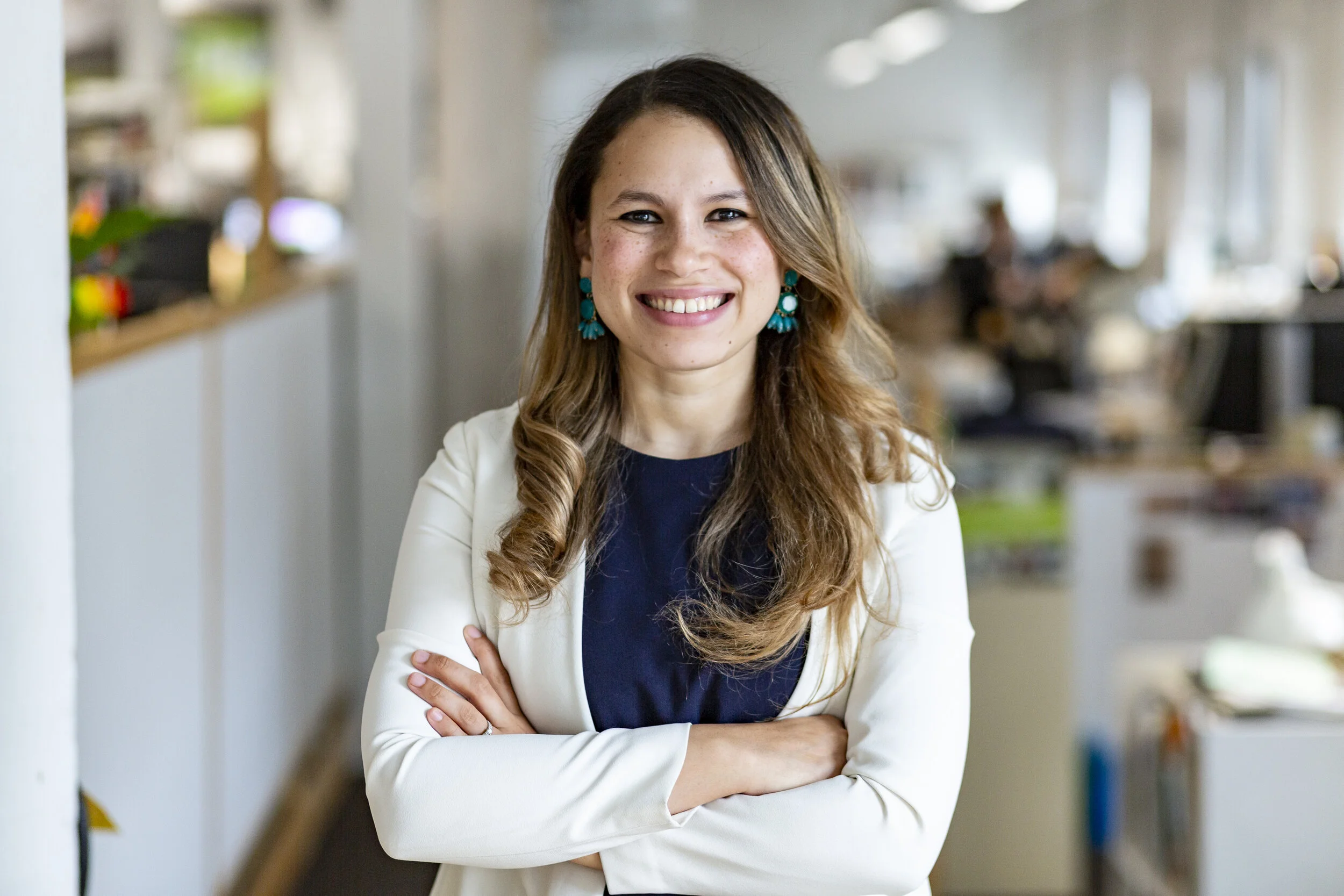
Creating New Inclusive Futures One Project at a Time
Lead Researcher
Diana Fernandez, ASLA, PLA
Diana (she/her) is a proven thinker, collaborator and leader, who teams effortlessly with architects, planners, urban designers, ecologists and civil engineers on the design of equitable and sustainable places. Her experience spans a broad range of projects from planning to built work. Diana provides critical thought and design leadership for our landscape and planning practice in the Urban Studio. She brings to each project - as well as a myriad corporate initiatives - strong critical thinking, a willingness to engage in thoughtful debate, and a commitment to quality. She leads and champions better equity and inclusion in our planning and built design practices from a landscape perspective. She writes and lectures in the discourses of landscape architecture, urban design, and equity.
“From the mountains of the Dominican Republic to the streets of NYC, to my current home outside of Boston, I root myself as a designer in my lived experiences of space and place. My work is defined by “unlearning” and making space for inclusive futures that embrace and celebrate our differences in the physical manifestation of place.”
Stephen Gray
— Stephen Gray was the lead academic advisor for the research. In 2015, Stephen Gray founded Grayscale and joined the faculty of Harvard’s Graduate School of Design to work at the intersection of urban design practice and research. Previously a senior urban designer at Sasaki, he brings more than a decade of experience working with municipal agencies, colleges and universities, private developers, non-profits, multinational NGOs, and the public. Stephen’s personal background directly influences his work and allows him to make meaningful contributions in culturally dynamic and sometimes contentious urban settings.
Breeze Outlaw
— Breeze (zie/zir & they/them) was a the lead landscape designer on the Frederick Douglass Project. Breeze is a landscape designer whose work addresses the perceptual and physical connections of equitable and just access to public spaces. In zir work, zie explores frameworks of equity that emphasize place- keeping through futurism, cultural expression, and natural systems. Breeze believes in design as a tool to empower people and reflect the place. Before joining Sasaki, Breeze worked as a food systems designer. Zie collaborated with community stakeholders, food producers, and municipalities to envisioned small and large scale, both built and planning projects, which strategically address sustainable food practices and food access disparities.
Mel Isidor
— Mel Isidor was the urban designer on the Frederick Douglass project and a cross-research collaborator sharing data sets from her research initiative A Voice at the Table focused on affirmative spaces for womxn in Roxbury neighborhood of Boston. Mel (she/her & they/them) is an interdisciplinary planner, artist, & researcher. Mel’s work has largely been centered on Boston-based projects that seek to elevate Black narratives in planning practice and the physical landscape. Her creative spirit stems from a fascination with architecture and the built environment, seeking to unpack how our urban fabric reflects people and culture.
Beth Meyer
— Beth Meyer was an academic advisor and guided research and readings for the project. Beth Meyer believes landscape architecture is a socio-ecological spatial practice with its own vocabularies and theories, yet discourse about the designed landscape is hampered by reliance on interpretations by those outside our field. Since the late 1980s, Meyer has addressed this problem by produced a substantial body of theory and criticism that has altered how practitioners around the world create new landscape imaginaries. Grounded in the materiality and experience of actual sites as well as contemporary cultural issues, Meyer’s public lectures and essays challenge conventional design practice by questioning the separation of aesthetics and sustainability; race theory and urban topography; public space, living systems and non-human species; cultural landscape interpretation and innovative design. Currently Meyer is writing a book, The Margins of Modernity, that reframes the history/theory of modern landscape architecture as a vital, but marginal, practice of city formation and place–making defining this 160-year-old profession’s significance in its hybrid spatial logics, material practices and temporal rhythms.





